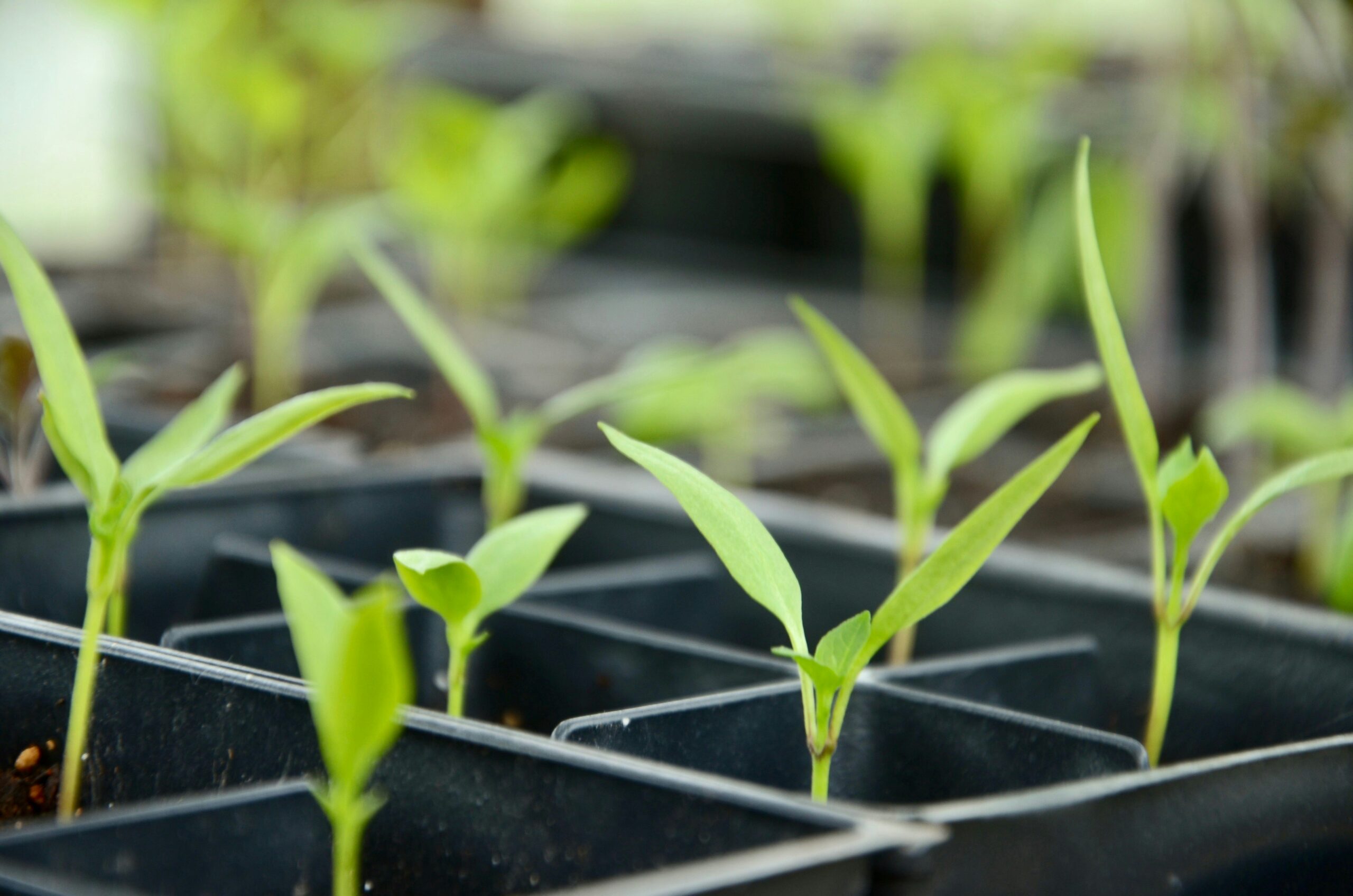Last Thursday, Dr. Achintya Bezbaruah gave the 63rd Faculty Lectureship in the Anishinaabe Theatre. The Faculty Lectureship is awarded to faculty members who exemplify NDSU values of teaching, scholarly achievement and service, according to the NDSU website. Those awarded the lectureship are then invited to speak about their work to share what they have been doing with the community. Bezbaruah’s lecture was titled “From Rainfall to Snowfall: Nanotech Innovations for Shared Sustainability” and was followed by a Q&A and a reception.
Bezbaruah is a Fulbright scholar and Gehrts Presidential Professor, as well as the interim chair and director of the NDSU Grand Challenges Scholars Program. His research focuses on sustainable food, clean water and the environment. Bezbaruah is originally from Assam, India, and says his work was inspired by the naturally occurring fertilizers that he and his family used when he was growing up.
Bezbaruah’s presentation summarized his work on the use of nanotechnology in fertilizer and other crops. He stressed the importance of the help he received from his students and colleagues who work with him in the Nanoenvirology Research Group at NDSU, as well as the funding he received from several groups including the North Dakota Department of Commerce, the National Science Foundation, USGS and USDA-NIFA.
Nanoparticles bring to mind high-tech devices from superhero movies, but the projects Bezbaruah spoke about involved minuscule shavings of materials like iron, whose power came from their elemental properties rather than tiny computers. To help the audience understand how small these particles are, he explained that fingernails grow at a rate of about a nanometer per second.
The first project that Bezbaruah spoke about was putting phosphorus back into the soil. “Plants need potassium, phosphorus, and nitrogen, and they are nonrenewable…. Phosphorus can get exhausted anywhere from 50 years to 200 years depending upon how we use it,” he said. Without phosphorus being put back in the soil, plants won’t be able to grow, and it is hard to synthesize.
To fix this problem, Bezbaruah and his team used iron filings to absorb phosphorus from eutrophic lakes and then put it into the soil. The resulting plants not only had sufficient phosphorus to grow, but they also contained more iron due to the nanoparticles used. This is a helpful side effect that could help solve the problem of high anemia rates in the world.
Bezbaruah’s next project that he highlighted focused on making better fertilizers. He experimented with different compositions of fertilizer beads to find one that would break apart at the right rate and last a long time without affecting a plant’s ability to fight off bacteria. He also worked on using nanotechnology to prevent groundwater from introducing toxic levels of arsenic to rice, which is a serious issue in India. He hopes to continue working with soil experts to refine and perfect these experiments.
